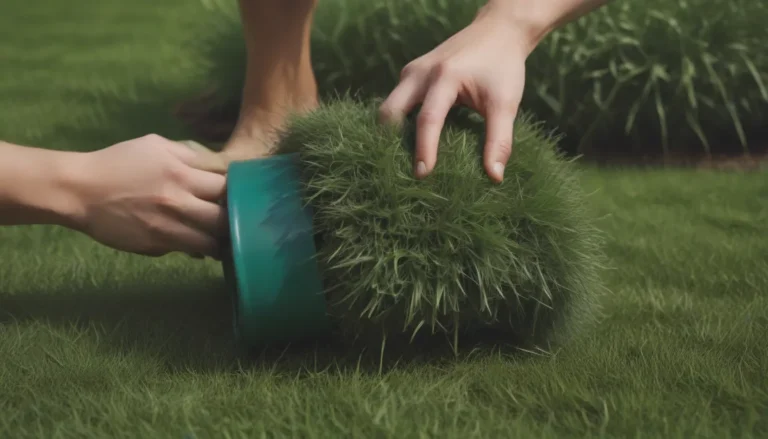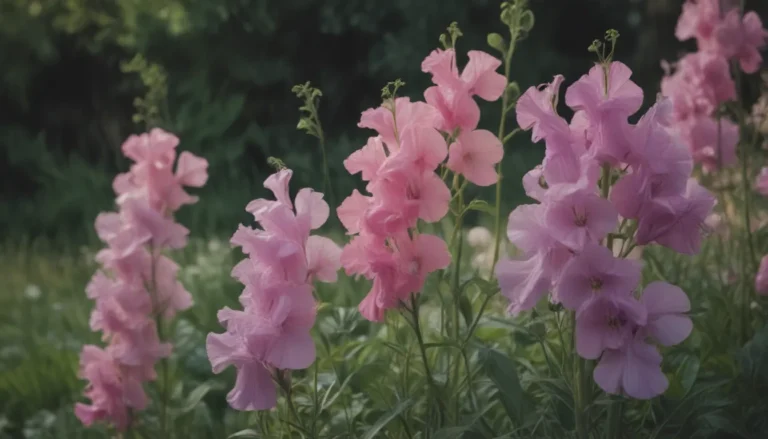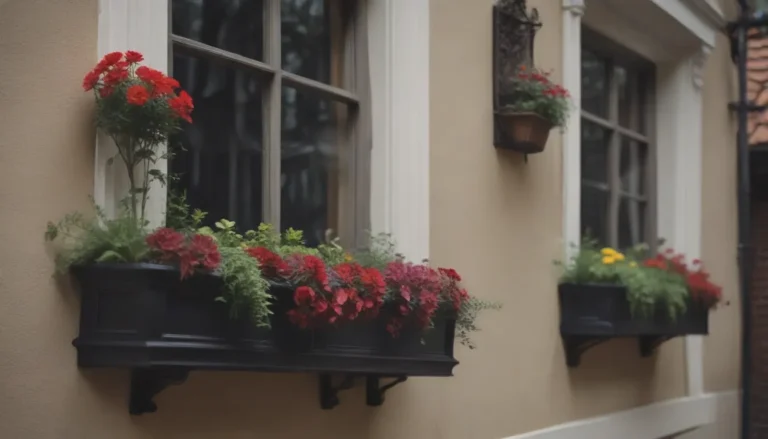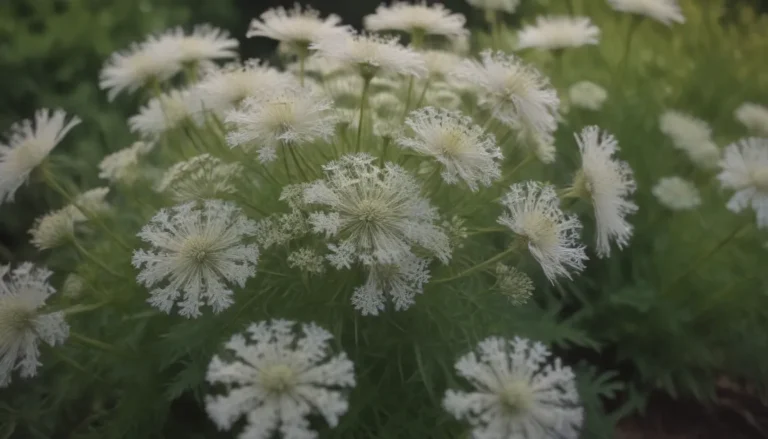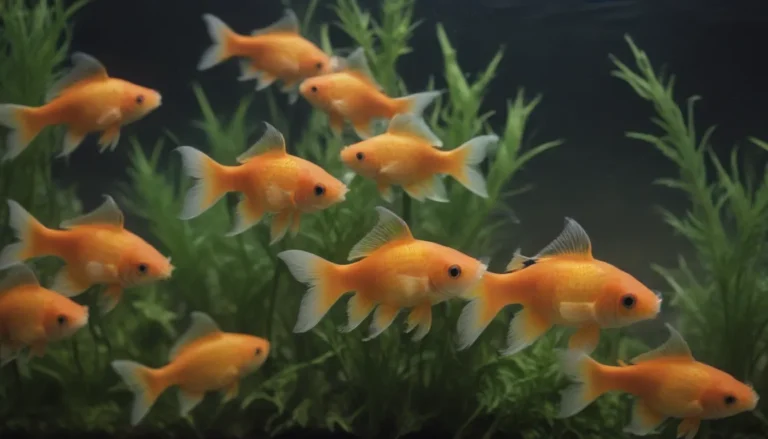The Ultimate Guide to Growing and Caring for Vanilla Bean Orchids
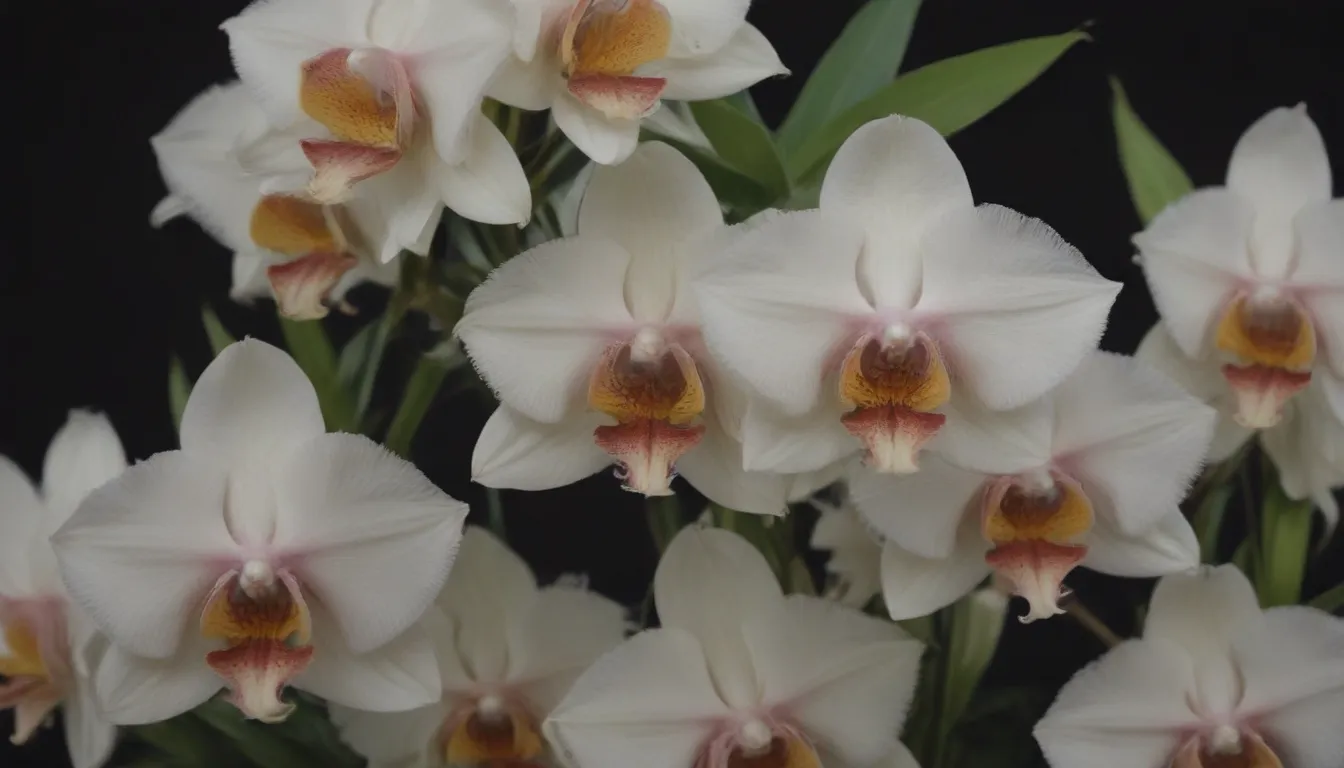
Welcome to the ultimate guide on how to grow and care for the exotic and elusive Vanilla Bean Orchid. If you’ve ever dreamed of harvesting your own vanilla pods for homemade desserts or beverages, this plant is perfect for you. In this comprehensive guide, we’ll explore everything you need to know about cultivating and nurturing this high-maintenance plant.
Introduction to Vanilla Bean Orchids
The Vanilla Bean Orchid, scientifically known as Vanilla planifolia, is a captivating plant known for its glossy green vines and its coveted seed pods that are used for natural vanilla flavoring. While the process of coaxing this plant to flower and produce vanilla pods can be challenging, the beauty of this vine makes it a desirable addition to any plant enthusiast’s collection.
Benefits of Growing a Vanilla Bean Orchid
- Harvest your own natural vanilla pods
- Enjoy the lush green vines as a beautiful houseplant
- Cultivate a rare and exotic species
Challenges of Growing Vanilla Bean Orchids
- High-maintenance plant requiring specific conditions
- Requires hand pollination to produce seeds
- Not recommended for beginners without prior orchid-growing experience
Vanilla Bean Orchid Care
To successfully grow and care for a Vanilla Bean Orchid, it’s essential to provide the plant with the specific conditions it needs to thrive. From light and soil requirements to watering and temperature needs, each aspect of care plays a crucial role in the plant’s overall health.
Light
Vanilla Bean Orchids thrive in bright, filtered shade. While they can tolerate short periods of morning sun, it’s best to avoid direct afternoon sun, especially from south- and west-facing windows.
Soil
Start your Vanilla Bean Orchid in a mixture of equal parts orchid bark and potting mix. This combination provides the plant with excellent drainage and nutrients during the early stages of growth.
Water
Water your orchid regularly, ensuring both the potting mix and wooden trellis structure remain damp. High humidity is essential for these plants, so keep the environment moist while allowing the potting mix to dry slightly between waterings.
Temperature and Humidity
Maintain ideal temperatures between 60 to 70 degrees Fahrenheit at night and 80 to 95 degrees during the day. Vanilla Bean Orchids are not frost-tolerant, so consider growing them in a greenhouse for optimal results. Keep humidity levels at around 80 percent, while also ensuring good air circulation to prevent fungal issues.
Fertilizer
Fertilize your Vanilla Bean Orchid every two weeks during the spring and summer with orchid fertilizer. Follow the product label instructions for the correct amount to use and maintain consistent fertilization for healthy growth.
Types of Orchids
The Vanilla Bean Orchid belongs to the Orchidaceae family, which includes a wide variety of orchid species. While there are approximately 28,000 orchid species in total, only a few are commonly grown as houseplants.
Pruning
Although Vanilla Bean Orchids do not require pruning to produce healthy pods, you can trim the vines to your desired length. Select a section of the vine below a growth node and use sharp gardening shears to snip it to the preferred length. Propagate cuttings to grow new plants if desired.
Propagating Vanilla Bean Orchids
While growing Vanilla Bean Orchids from seeds is complex and unreliable, propagation via stem cuttings is a common method. Follow these steps to propagate your orchid and maintain a thriving plant collection.
Harvesting Vanilla Pods
Patience is key when it comes to harvesting vanilla pods from your orchids. It can take up to three to five years for the plants to mature and start producing pods. Learn how to hand-pollinate the flowers within a specific timeframe to ensure successful pod development.
Potting and Repotting
Once your Vanilla Bean Orchid’s epiphytic roots have securely attached to their growing medium, repotting is not necessary. However, propagated stem cuttings can be potted in a suitable mixture of orchid bark and potting mix for optimal growth.
Common Pests and Plant Diseases
Vanilla Bean Orchids are susceptible to root rot in high-humidity environments. To prevent diseases and pests like spider mites and mealybugs, maintain a well-balanced humidity level and use horticultural oil sprays for effective pest control.
Troubleshooting Common Problems
From yellowing leaves to crispy roots and scorched leaves, Vanilla Bean Orchids can experience various issues when not properly cared for. Learn how to identify and address common problems to keep your orchids healthy and thriving.
How to Get Vanilla Bean Orchids to Bloom
Vanilla Bean Orchids typically bloom in the spring for about three months. Discover the ideal conditions required for flowering, including specific lighting, watering, and humidity levels. With proper care, you can enjoy beautiful blooms and harvest vanilla pods for culinary purposes.
Conclusion
In conclusion, growing and caring for Vanilla Bean Orchids can be a rewarding experience for plant enthusiasts willing to dedicate time and effort to this unique species. By following the tips and guidelines provided in this comprehensive guide, you can successfully nurture your orchids and enjoy the beauty and fragrance of their blooms. Remember, patience and consistency are key to cultivating healthy and thriving Vanilla Bean Orchids in your home or garden.
For more information on orchid cultivation and care, refer to reputable sources such as botanical gardens, orchid specialists, and horticultural publications. Happy growing!
